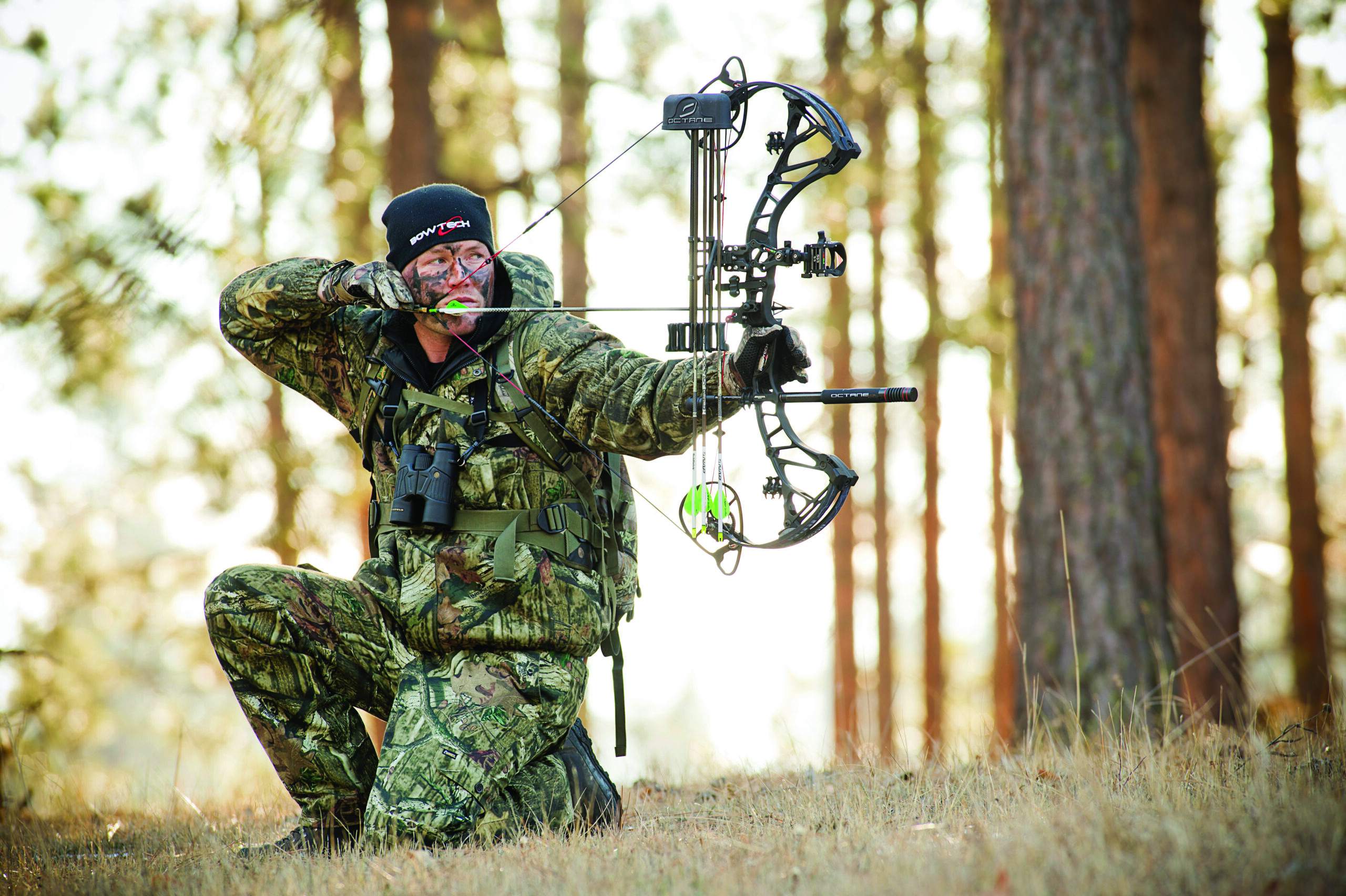Maximizing Your Archery Efficiency With the Right Substance Bow Stabilizer: a Comprehensive Introduction
In the realm of archery, precision and consistency are vital to accomplishing ideal performance. One essential yet often-overlooked part in improving accuracy is the substance bow stabilizer. This simple gadget plays a substantial duty in steadying your goal, minimizing bow torque, and taking in resonances. The effectiveness of a stabilizer pivots on different aspects, consisting of layout, weight, and placement. By understanding the subtleties of picking and optimizing a substance bow stabilizer, archers can tweak their devices to boost their shooting experience to brand-new levels of efficiency and control.
Importance of Bow Stabilizers in Archery

In addition, bow stabilizers help in balancing the weight distribution of the bow, which can boost the archer's stability while firing and aiming. By including weight to the front of the bow, stabilizers can reduce the amount of torque experienced upon launch, resulting in a smoother and much more regulated shot - compound bow stabilizer. This weight circulation also assists in holding the bow steady for a longer period, enabling the archer to intend a lot more accurately
Sorts Of Substance Bow Stabilizers
When considering the various types of substance bow stabilizers offered, it is crucial to recognize their distinctive functions and functions to identify the most suitable alternative for optimizing archery performance. The most common types of compound bow stabilizers include sidebar stabilizers, front stabilizers, and back stabilizers. Back stabilizers, additionally called back stabilizers, are mounted to the back of the bow and aid in counteracting the weight of various other accessories, resulting in boosted stability and constant intending.
Aspects to Think About When Choosing
In reviewing compound bow stabilizers, understanding the unique features and features of each type is critical for making a notified choice on the most appropriate alternative to improve archery efficiency. When picking a stabilizer, one should consider the weight of the stabilizer itself. While a much heavier stabilizer can give even more security by decreasing the bow's movement, it may additionally cause tiredness throughout long shooting sessions. Balance is one more crucial aspect to contemplate. The stabilizer's length and style significantly affect the bow's equilibrium, influencing the shooter's capacity to hold consistent purpose. Additionally, the This Site material of the stabilizer discover this can influence its performance. Carbon fiber stabilizers are lightweight and soak up resonances well, enhancing accuracy. The number and adjustability of dampeners on the stabilizer can adjust its efficiency by minimizing sound and shock upon launch. By carefully assessing these elements, archers can pick a compound bow stabilizer that lines up with their shooting style and maximizes their general performance on the archery variety.
Setup and Change Tips
For optimal efficiency and precision in archery, understanding the setup and adjustment of your bow stabilizer is essential. Appropriate installation begins with affixing the stabilizer to the bow's riser, guaranteeing it is securely safeguarded.
When adjusting the stabilizer, start with little step-by-step changes rather than extreme changes. Pay focus to exactly how the bow reacts to changes in stabilizer setups and make adjustments appropriately. Frequently examine the stabilizer's rigidity and total problem to guarantee it continues to work ideally.
Upkeep and Treatment Standards

It is additionally necessary to keep your bow with the stabilizer in a safe and safe area when not in usage. Following these upkeep and care standards will assist you get the most out of your bow stabilizer and boost your general archery performance.
Verdict
Finally, selecting the right substance bow stabilizer is essential for maximizing archery efficiency. Understanding the relevance, types, factors to think about, installation and modification pointers, as well as upkeep and care standards can considerably influence one's accuracy and uniformity in capturing. By choosing a stabilizer that matches individual requirements and choices, archers Read Full Report can boost their overall efficiency and attain better outcomes on the array or in competitors.
Bow stabilizers play an important duty in enhancing an archer's accuracy and uniformity by lowering vibrations and stabilizing the bow throughout the launch of an arrow - compound bow stabilizer.In addition, bow stabilizers assist in balancing the weight distribution of the bow, which can enhance the archer's security while intending and shooting. The most usual types of compound bow stabilizers include sidebar stabilizers, front stabilizers, and back stabilizers. Back stabilizers, additionally called back stabilizers, are installed to the back of the bow and assist in counterbalancing the weight of other accessories, resulting in enhanced security and stable intending. When picking a stabilizer, one must consider the weight of the stabilizer itself